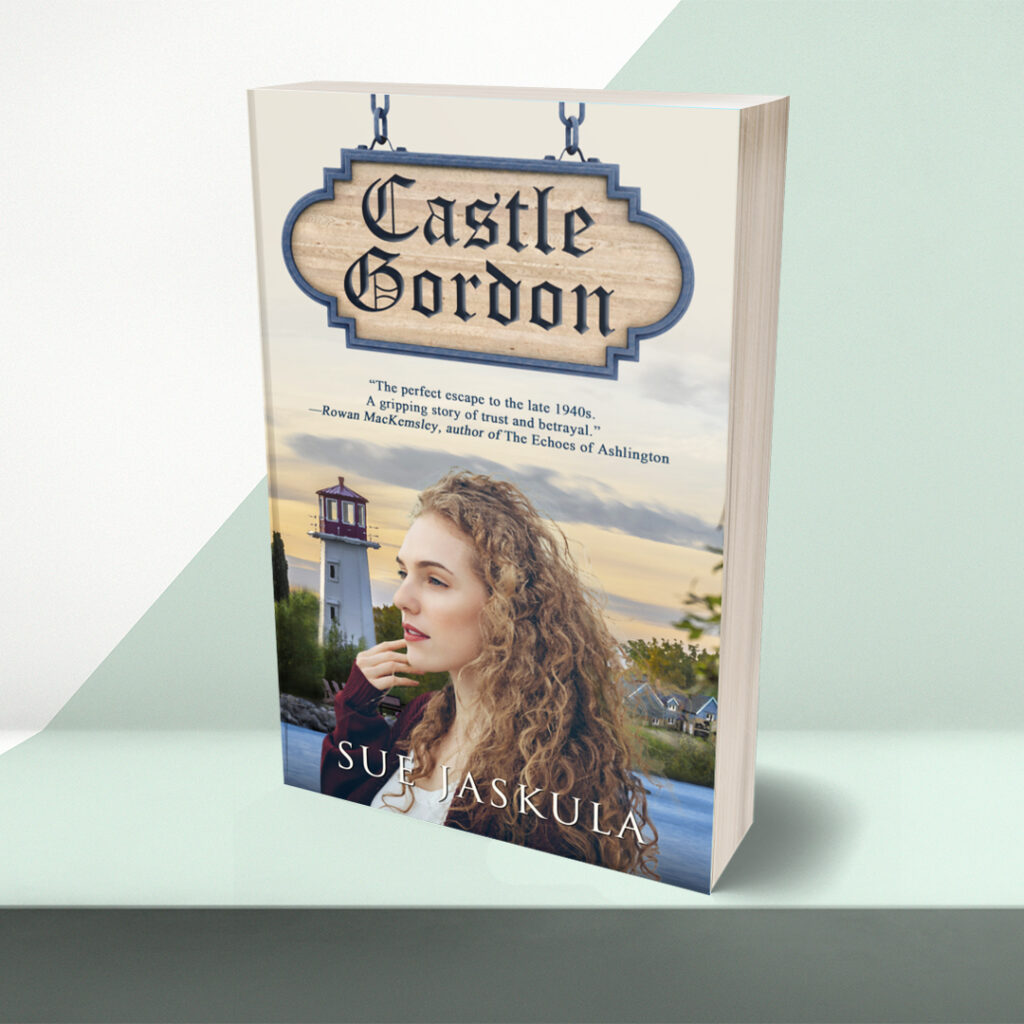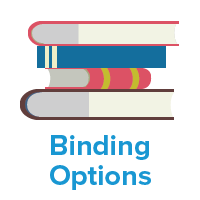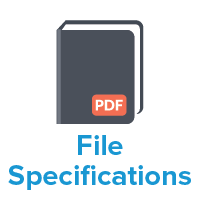Perfect bound is a type of binding that is used to create softcover books. It is a more affordable option than other types of binding, such as case binding, and it allows for a wider range of trim sizes and page counts.
Perfect bound books creates a professional, polished look for your soft cover books, and is commonly seen on paperback books, novels, and magazines. This is a great option for both small and large print runs.

If you are looking for a cost-effective binding option for your soft cover books, perfect binding is a great choice. It will give your books a professional appearance and ensure that they are durable enough to withstand repeated use.
Let’s dive in a little deeper about this type of binding and explore some of its benefits.
Benefits of Perfect Binding
The reason why perfect bound books are so popular, especially for paperback books and magazines, is because of its many advantages.
First, perfect binding is very affordable in comparison to other types of bindings. Hardcover binding, for example, can be quite costly due to the materials used and the amount of labor involved. Perfect bound, on the other hand, is a much simpler process that doesn’t require as many materials, making it a more cost-effective option.

In addition, perfect binding allows for a wider range of trim sizes and page counts. With perfect bound, there are no such restrictions. The only limitation is the size of the printer the book is being printed on. This makes it a great option for projects that require custom sizing.
Lastly, the perfect binding method forms a clean square spine edge, which allows for the title or other information to be printed along the spine–a perk that neither saddle stitch nor spiral binding can provide.
The Perfect Binding Process
Now that we’ve gone over some of the benefits of perfect binding, let’s look at how the process works.
Perfect binding starts with printed pages that have been trimmed down to size and collated into a book block. (Remember, a book block is simply a stack of pages that have been trimmed and numbered in correct page order.)
Next, an adhesive is applied to the spine of the book block. This adhesive can be either a hot-melt glue or a cold glue. Once the adhesive has been applied, the pages are then clamped together until it dries–a process that usually takes about 15 minutes.
After the adhesive has dried, the book block is ready to be trimmed. This step removes any excess paper from the spine, creating a clean edge. Once the spine has been trimmed, the cover can then be attached.
And that’s it! The perfect binding process is relatively simple and straightforward, which is one of the reasons why it’s such a popular choice.
Contact Sure Print and Design Today!
If you’re interested in having your next project perfect bound, be sure to contact the experts at Sure Print and Design. We have years of experience in the print industry, and our team of skilled professionals would be more than happy to assist you.
Feel free to give us a call or simply click here to get started today!







